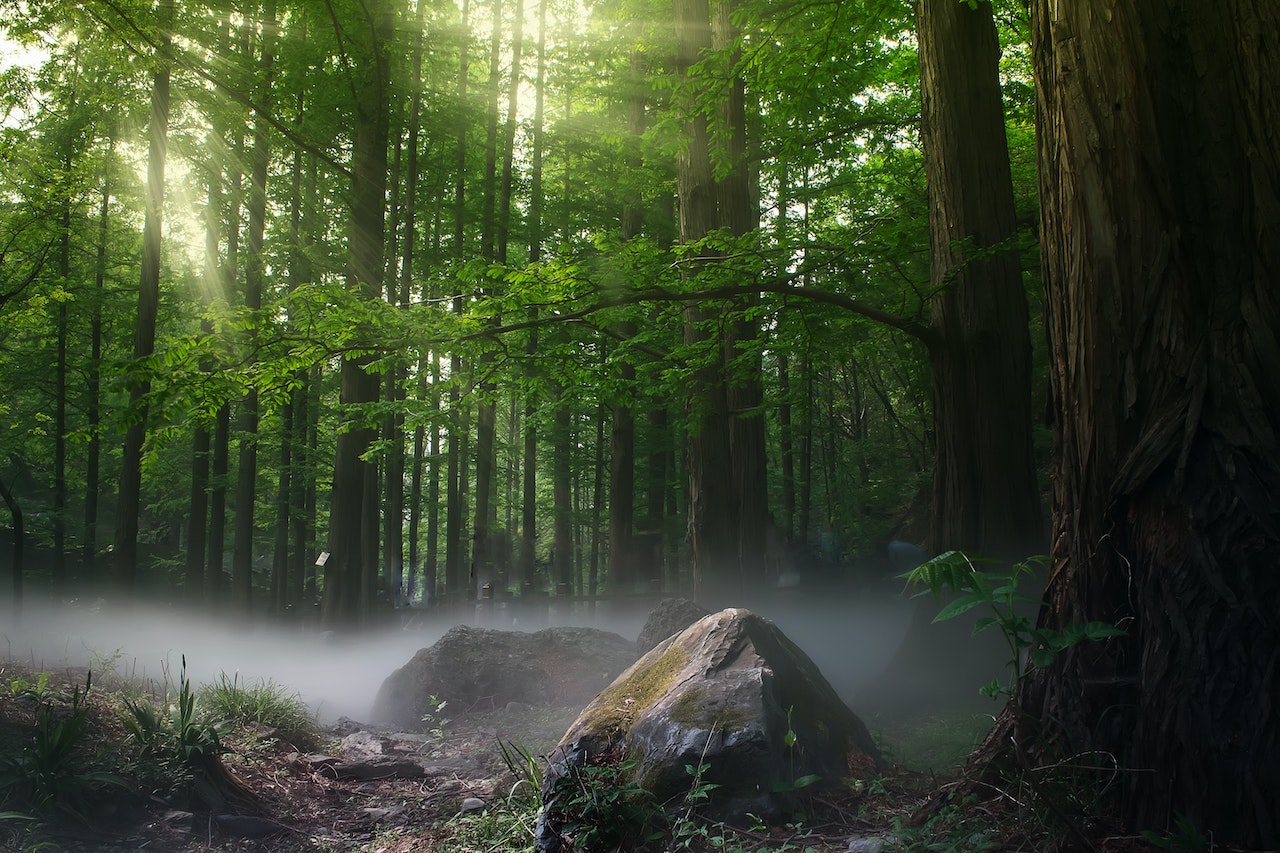This post was originally published on Healthy Forest
In an era where political divisions dominate the headlines, one issue has found common ground between California and the Trump Administration: forest management.
President Trump recently issued executive orders calling for increased timber harvests and proactive forest management on federal lands. On the very same day, California Governor Gavin Newsom announced he is streamlining state environmental regulations to accelerate wildfire prevention efforts.
A Shift in California’s Approach
The California governor’s announcement came with urgency, declaring a state of emergency aiming to fast-track wildfire prevention projects ahead of the peak fire season. This move follows the devastating Los Angeles-area wildfires, which claimed 29 lives and destroyed thousands of structures. The emergency proclamation suspends key provisions of the California Environmental Quality Act (CEQA) and the California Coastal Act—regulations that have historically slowed forest management projects.
With these restrictions temporarily lifted, California will now be able to move more swiftly in reducing wildfire risks through vegetation and tree removal, creating fuel breaks, and increasing prescribed burns. Additionally, the order allows non-state entities to conduct approved fuel reduction work with expedited approval and directs state agencies to enhance the efficiency of controlled burns.
A Growing Trend Among Western States
California is not alone in this shift toward more active forest management. States like Idaho and Montana, traditionally Republican strongholds, have been aligning their management agencies with federal efforts to increase forest treatment. Idaho Governor Brad Little has directed state agencies to work closely with federal counterparts to enhance wildfire mitigation efforts. Similarly, Montana Governor Greg Gianforte has prioritized active forest management, with nearly 130,000 acres placed under treatment since 2021.
What makes California’s actions particularly notable is its political landscape. Unlike Idaho and Montana, where Republican leadership has long supported reducing regulatory barriers for forest management, California is a Democratic stronghold with a history of strict environmental regulations. Newsom’s move signals a recognition that, regardless of political ideology, wildfire prevention requires decisive action.
Beyond the immediate need to address wildfire risks, Newsom’s strategy may also be a calculated effort to secure federal disaster relief aid. The governor has requested $40 billion from Congress to help California recover from recent wildfires. Trump has frequently criticized California’s wildfire policies, blaming state officials for poor forest management. By demonstrating a commitment to proactive management, Newsom may be looking to strengthen California’s case for federal assistance.
Source: Healthy Forest





0 Comments